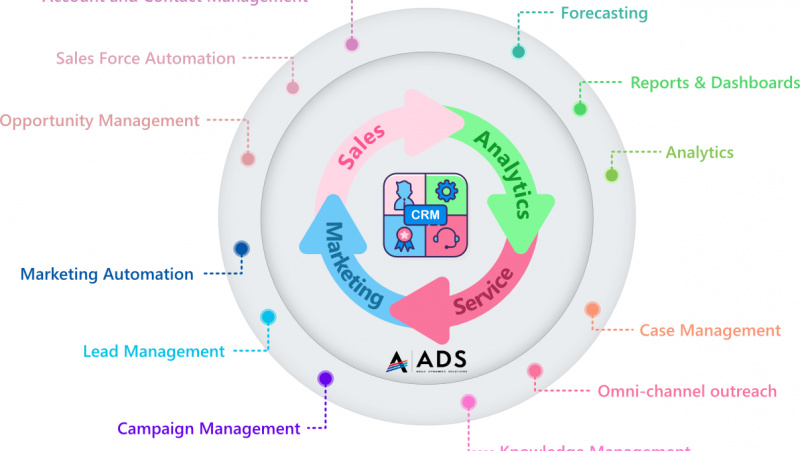Prior to the Business Intelligence era, the most common way for executives and managers to make a business decision was based on merely a guess. There was no concrete way to understand the customer’s mindset for purchasing and behavior before making any purchase. What worked in the last campaign or decision taken in the last time was the only benchmark for taking any sort of strategic decision.
Being in dark about their customer behavior and buying habits organizations often used to implement strategies that often result in failure. Not to mention the and capital wasted in planning and executing those strategies.
There were many problems that decision makers use to face. Some of the problem are following –
Business Intelligence Implications for understanding
- If the prices are right for customers
- Who is buying their products and their preferences
- What sector performed well? Is it marketing or sales?
- Did customers respond to coupon or discount that were offered
- What is most common demography of customers
- Buying habits of customers? E.g How did they comes to know about us and how long before they made the purchase
There are probably thousands of questions that can be asked about customer, and why not ? If organizations are going to invest money into new product or service they it is utmost importance to know their target audience and their preference. Although, all these questions are never answered by just making an assumptions.
The managers and executives who make the decision are often indecisive because of lack of experience. They often lose confidence if the decision has not given them results which they thought initially.
However, over the year organizations have taken advantage of new solutions like Business Intelligence in the market.
Business Intelligence for Organizations
BI is a process where organizations collect, store, and process data that is generated from past customers. This data comes together in the form of reports and visualizations which gives an insight into what has been working for organizations in terms of sales and customer acquisitions.
Following are the steps involved in the process of Business Intelligence –
- Data Mining
- Creating Reports
- Comparison of historical data
- Analysis
- Querying
- In-depth analysis using charts and tables
- Visualizations of data
- Reports after visualization
- Different sources of data integrations
The historical data is sometime very huge that it takes special skills and software for ML (Machine Learning) to uncover trends and insights. This historical data of organization is studied in-comparison to current trends. Goals, trends and other metrics are then compared to study factors that have worked in the past.
Only after the historical data of organizations have been studied some decision is made in terms of strategy. They read the past activities and goals completed to understand what worked and didn’t worked last time.
A decision which is taken after studying these trends is often an informed choice and the percentage of success increases for the next campaign. Business Intelligence software also comes with better visualizations in terms of pie charts, bar graphs rather than excel sheet to understand them.
Reports generated through BI software are easy to read and modify as they are highly customizable using Power BI Apps. Organizations can integrate it with different data sources to get input. These features increase the functionality and uses of BI software.
What are Business Intelligence benefits
Apart form the fact that you are now making an informed choice. There are other benefits of using Business Intelligence in an organization –
- Making informed decisions
- Focusing on increasing the profits
- Competitors analysis
- Improve the marketing and other process
- Performance tracking for campaigns
- Predicting the success of activities and goals
The decision making power and success increase with proper use of Business Intelligence. Decision makers can see what has worked in the past and based on that decision they can create a road map for strategies that should be implemented in future.
The organizations which have implemented the BI solutions have seen higher and better results in revenue and goal completions. Tracking the competitors and self marketing and other departments becomes a lot easier with BI.
In the end, if you are serious about finding the right solution that can help you make an informed choice then BI solutions are the right way to go in future.
Let us know about your experience with BI solutions.
